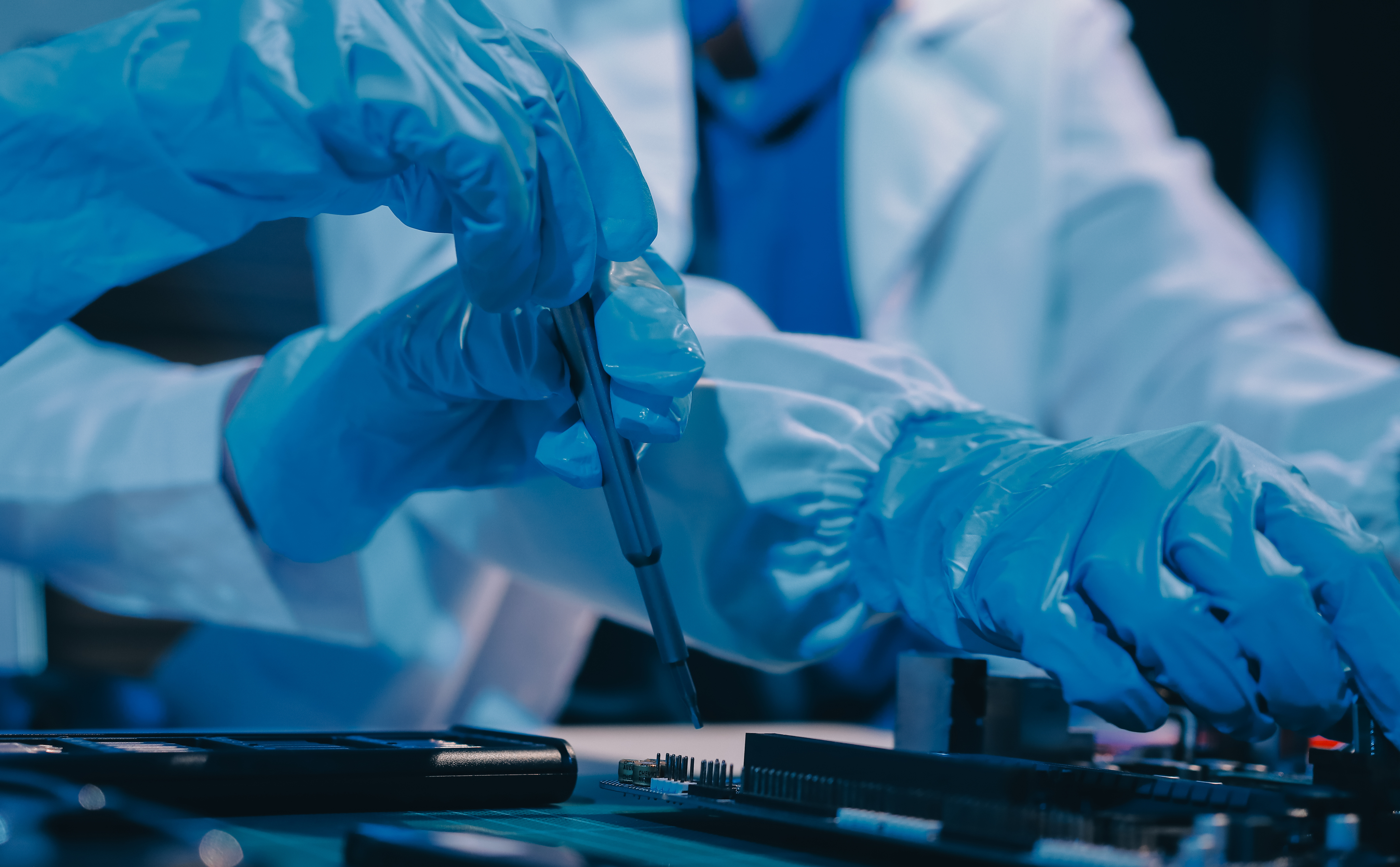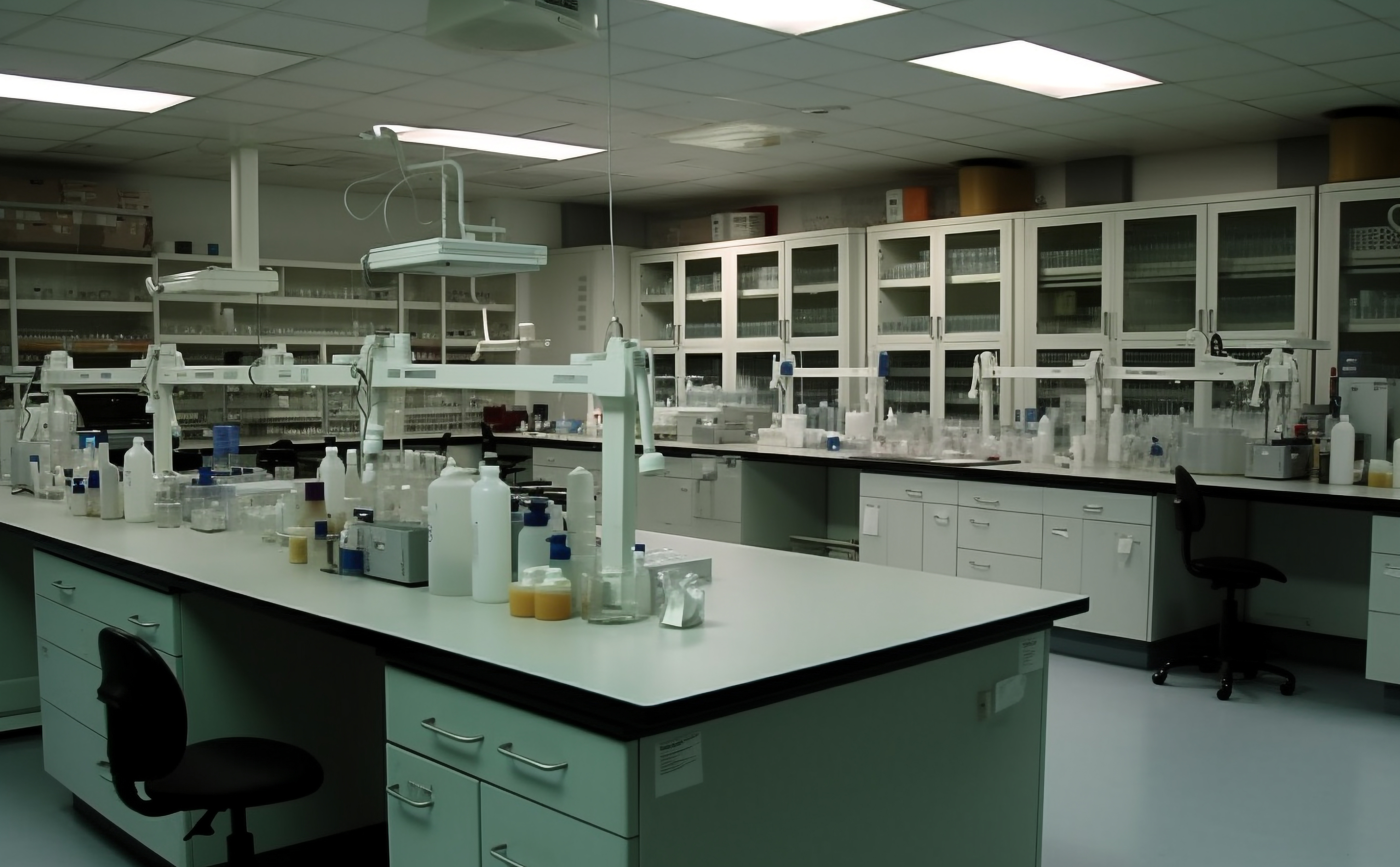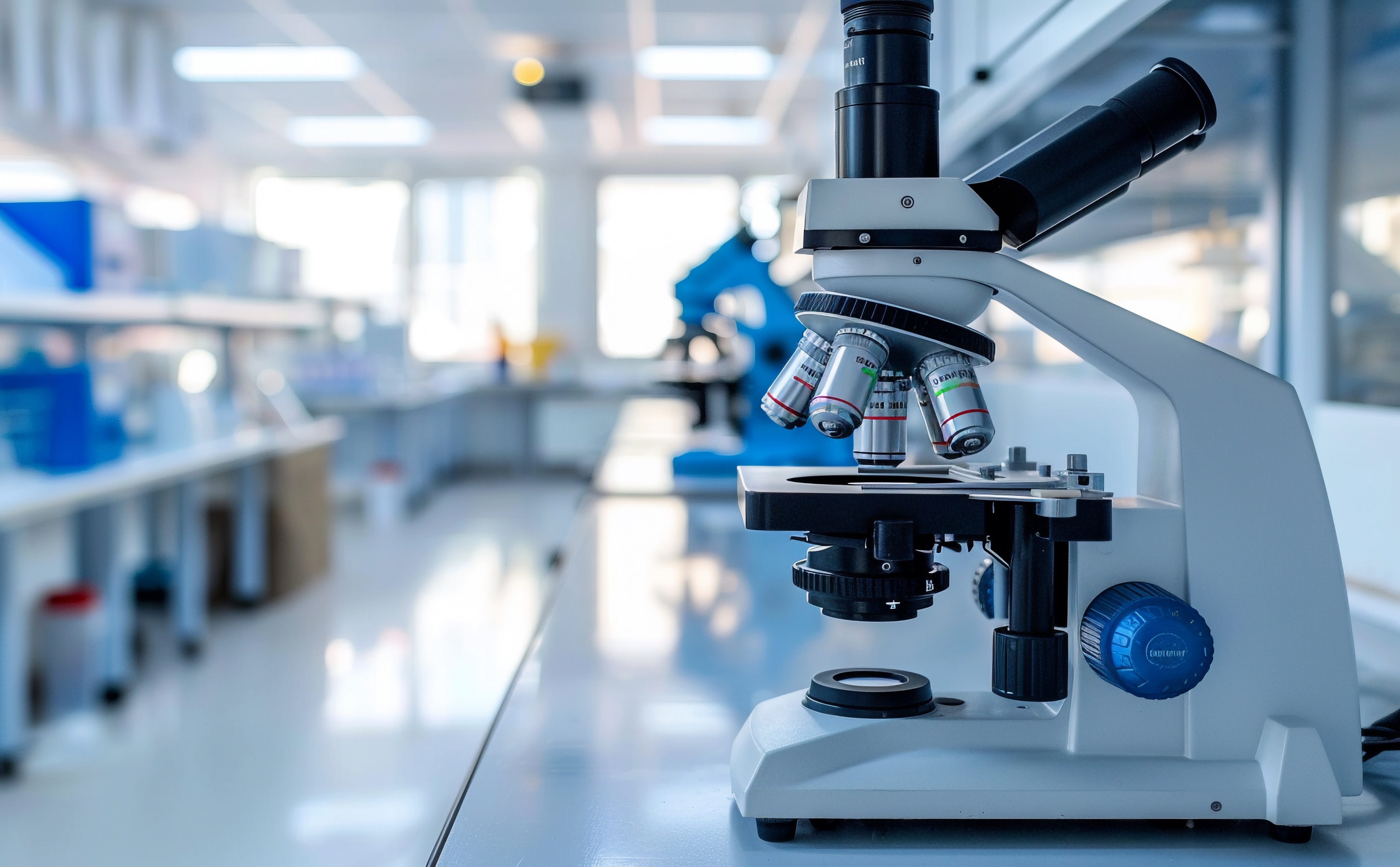Laboratory equipment is a significant investment for any institution, and its longevity directly impacts research continuity, operational costs, and safety. Regular maintenance not only prevents costly breakdowns but also ensures accurate results, compliance with regulations, and a safer working environment. Whether you’re managing a clinical lab, academic research facility, or industrial testing center, these practical strategies will help you maximize the lifespan and performance of your equipment.
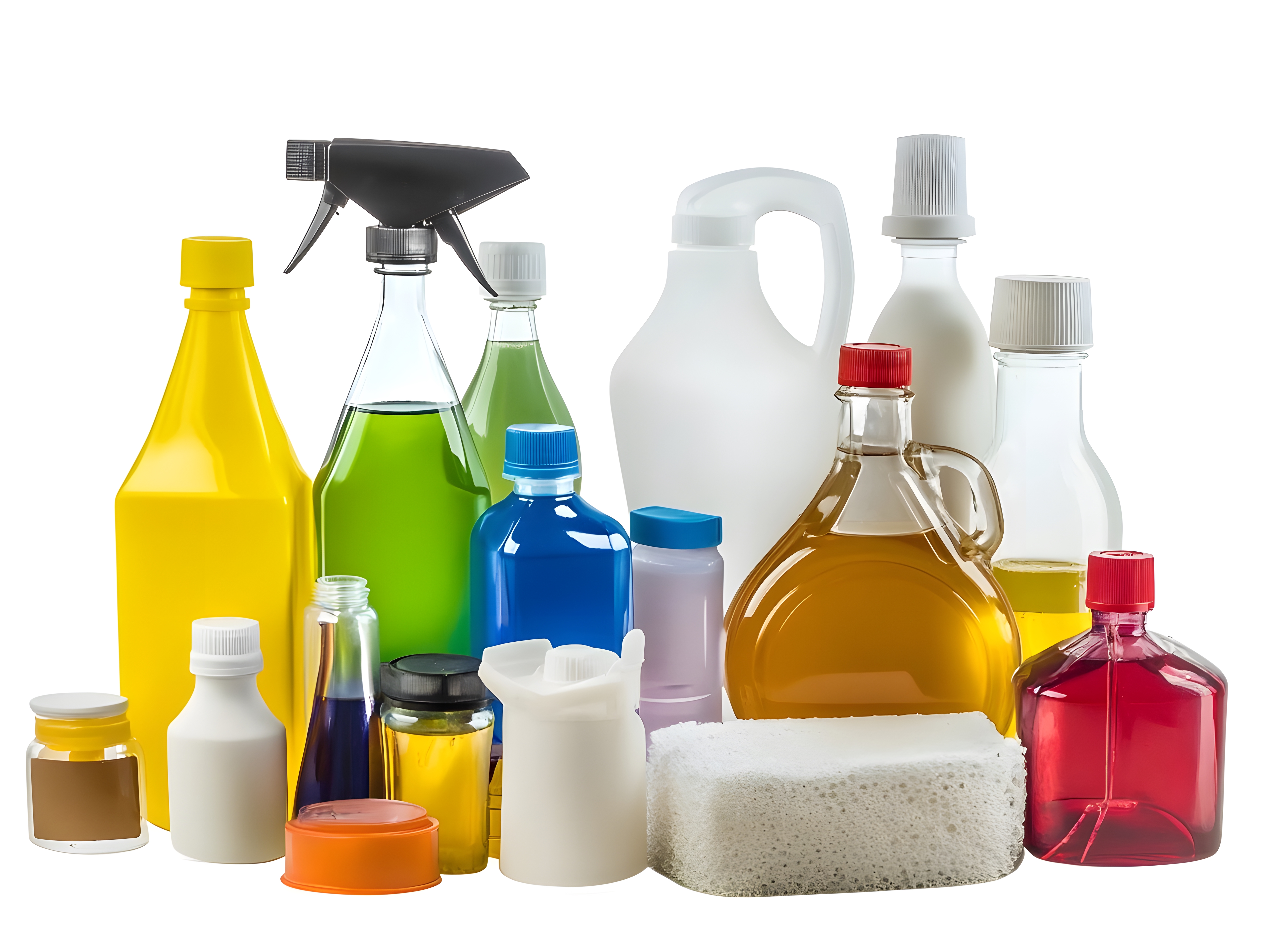
1. Establish a Routine Maintenance Schedule
Preventive maintenance is the cornerstone of equipment longevity. Create a calendar-based plan tailored to each instrument’s needs:
Daily checks: Inspect for visible damage, leaks, or unusual noises. Clean surfaces and ensure proper storage (e.g., covering microscopes or unplugging unused devices).
Weekly tasks: Calibrate sensitive instruments (e.g., pipettes, balances), replace filters, and lubricate moving parts if required.
Monthly/quarterly routines: Perform deep cleaning, verify electrical safety, and test backup systems (e.g., freezers, incubators).
Annual servicing: Schedule professional inspections for complex machinery like HPLC systems, autoclaves, or spectrophotometers.
Pro Tip: Use digital tools like CMMS (Computerized Maintenance Management Systems) to automate reminders and track maintenance history.
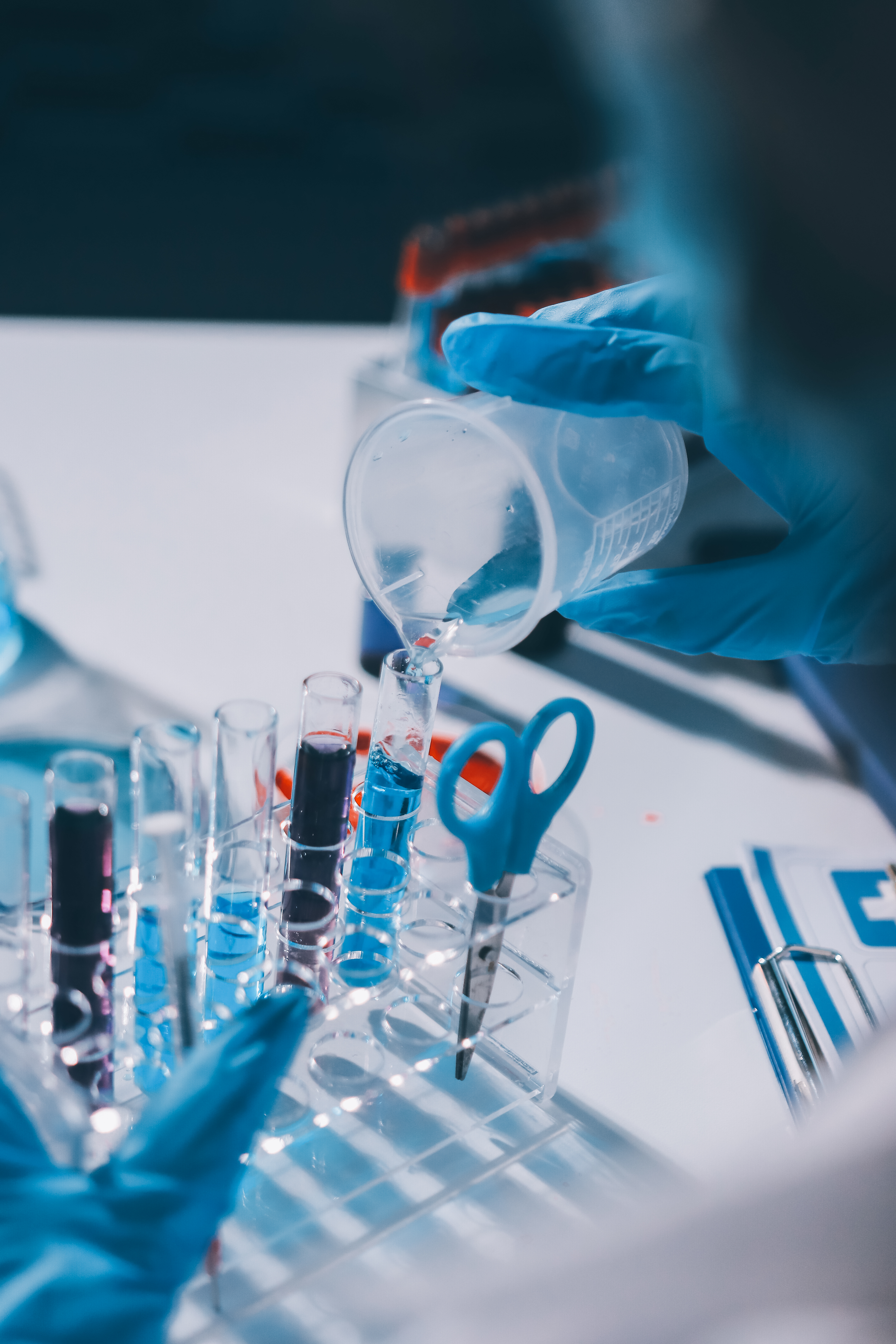
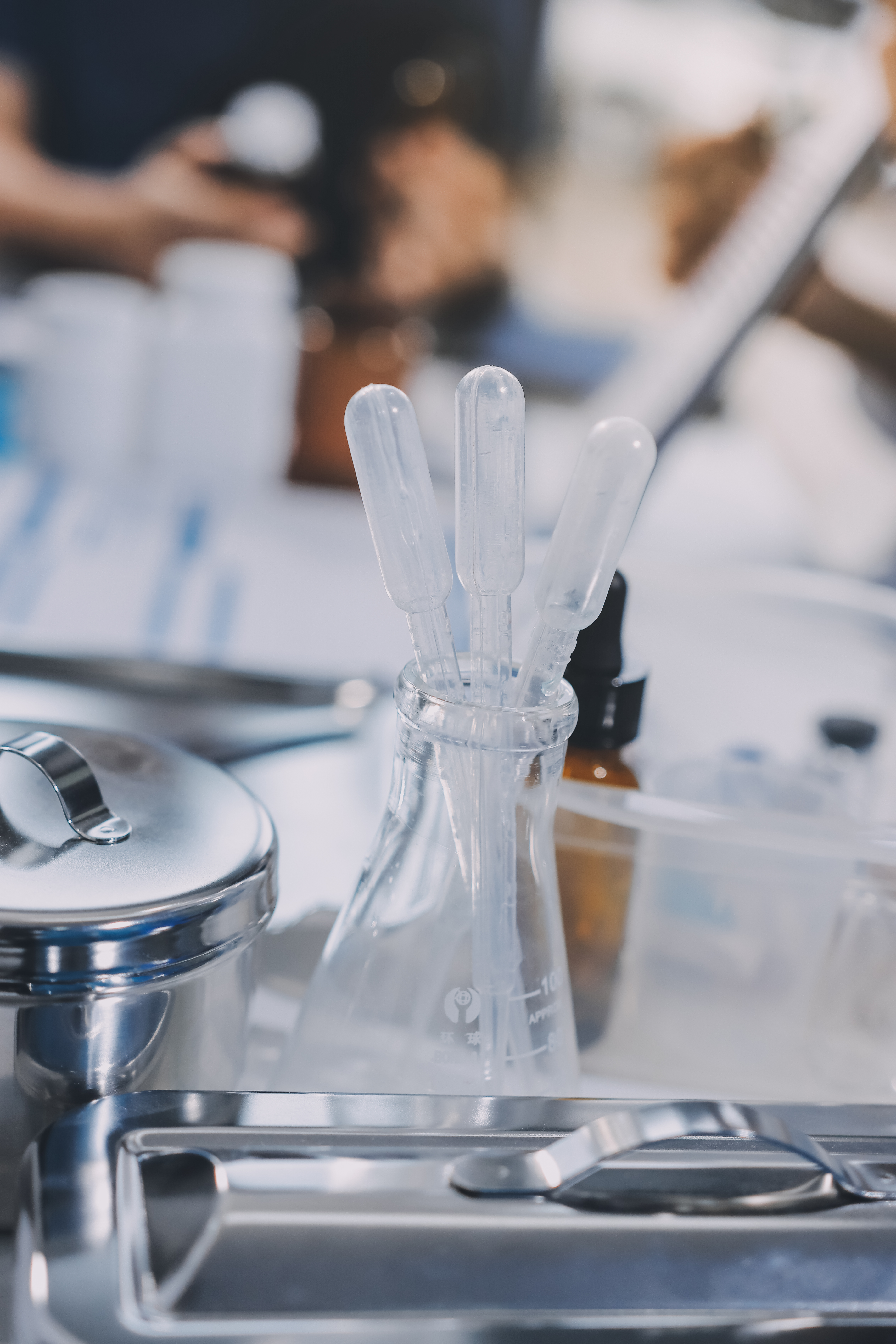
2. Prioritize Proper Cleaning and Sterilization
Contamination and residue buildup are leading causes of equipment failure. Follow these guidelines:
Use manufacturer-recommended cleaning agents to avoid corrosive damage. For example, ethanol may harm certain plastics.
Decontaminate biosafety cabinets and fume hoods after each use to prevent cross-contamination.
Clean delicate components carefully: Use lint-free cloths for optics, and avoid abrasive scrubbing on sensitive surfaces.
Sterilize autoclaves and centrifuges regularly to prevent microbial growth or rotor corrosion.
3. Calibrate Instruments Regularly
Calibration ensures accuracy, which is critical for reproducible results.
Follow ISO/IEC 17025 standards for calibration frequency based on usage and manufacturer guidelines.
Keep records of calibration dates, results, and adjustments.
Use certified reference materials (CRMs) for validation.
Don’t skip “minor” tools: Pipettes, thermometers, and pH meters are small but vital to workflow accuracy.
4. Monitor Environmental Conditions
Lab equipment is sensitive to its surroundings. Control these factors:
Temperature and humidity: Fluctuations can damage electronics or reagents. Store equipment in climate-controlled areas.
Vibration: Secure heavy machinery (e.g., centrifuges) on anti-vibration pads to prevent misalignment.
Dust and particulates: Use covers for microscopes, analyzers, and other open components.
5. Train Users on Proper Handling
Human error accounts for nearly 40% of lab equipment failures. Mitigate this by:
Providing hands-on training for all users, including students and temporary staff.
Posting clear operating instructions near each workstation.
Enforcing rules like “no food/drinks in the lab” and proper PPE usage.
Discouraging unauthorized modifications or overloading devices beyond capacity.
6. Maintain Detailed Logs
Documentation is key for troubleshooting and warranty claims:
Logbook for each instrument: Record usage, maintenance, repairs, and errors.
Digital backups: Store manuals, calibration certificates, and service reports in a cloud-based system.
Track consumables: Replace parts like seals, gaskets, or UV lamps before they fail.
7. Partner with Certified Service Providers
Even with in-house care, professional servicing is essential for complex systems.
Choose manufacturer-authorized technicians for repairs to avoid voiding warranties.
Negotiate service contracts for critical equipment (e.g., -80°C freezers, mass spectrometers).
Keep a list of emergency contacts for urgent repairs.
8. Recognize Early Signs of Wear
Address minor issues before they escalate:
Unusual noises or vibrations: Grinding sounds in centrifuges or autoclaves may indicate motor issues.
Inconsistent results: Drifting measurements in balances or spectrophotometers signal calibration problems.
Slow startup or error codes: Electronics may need firmware updates or part replacements.
Lab Equipment Maintenance Checklist
Use this quick reference guide:
Clean and disinfect surfaces daily.
Calibrate instruments weekly/monthly.
Inspect cords and plugs for damage.
Replace filters and lubricate parts as needed.
Verify temperature-controlled storage units.
Update software/firmware.
Review maintenance logs quarterly.
Common Maintenance Mistakes to Avoid
Neglecting “low-tech” tools: Glassware cracks, and worn pipette tips affect accuracy.
Using generic replacement parts: OEM (Original Equipment Manufacturer) parts ensure compatibility.
Overlooking manufacturer updates: Software patches often include critical performance fixes.
Delaying repairs: A small leak in a water bath today can become a major electrical hazard tomorrow.
Conclusion
Proactive maintenance is far more cost-effective than reactive repairs. By integrating these practices into your lab’s culture, you’ll reduce downtime, extend equipment lifespans, and safeguard the integrity of your work. Remember: Well-maintained tools are the backbone of reliable science.
Need Help Creating a Maintenance Plan? Start by auditing your current equipment and training protocols. Partner with us to build a sustainable strategy tailored to your lab’s needs.
Belmark Investment Limited
+234 812 315 1494

